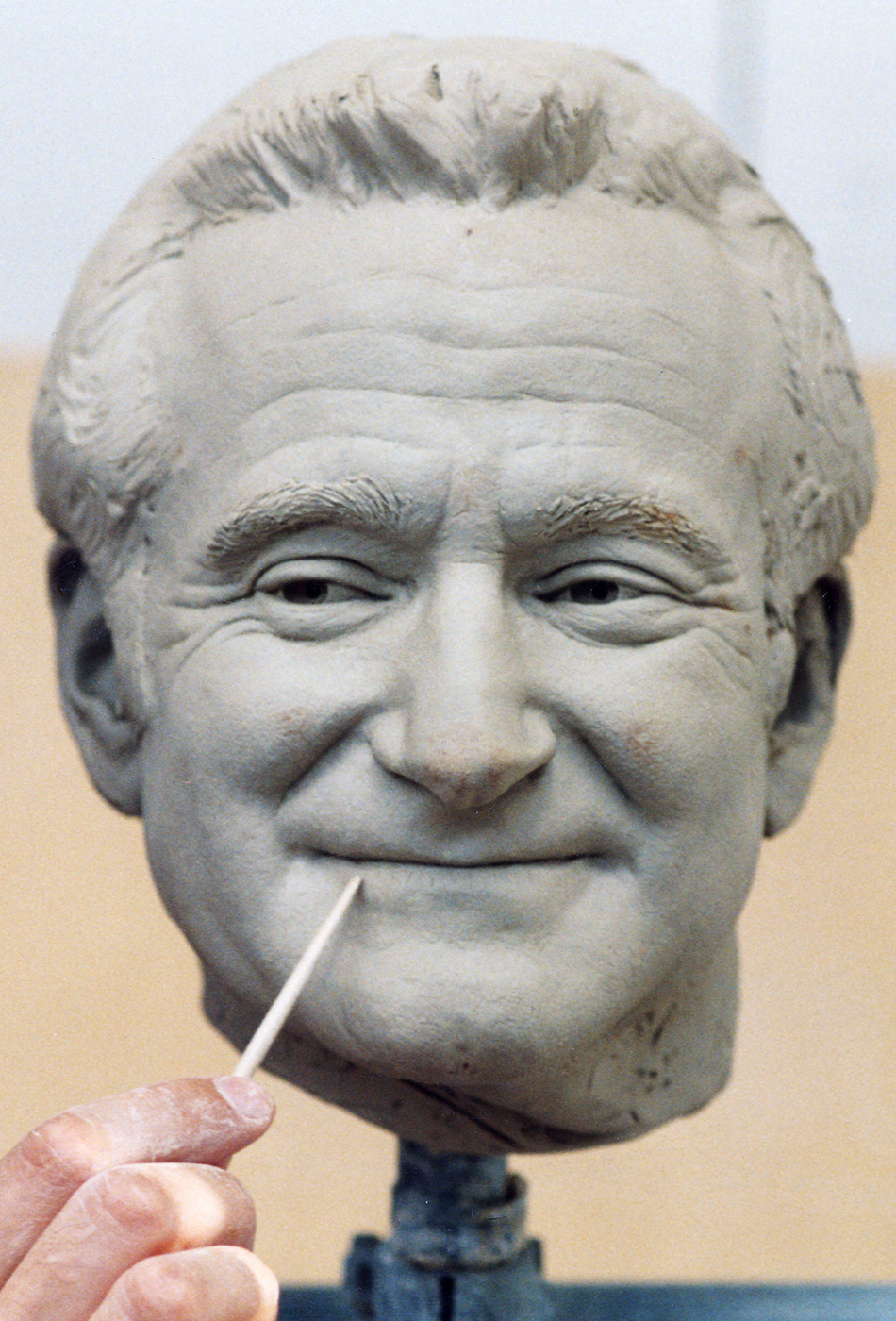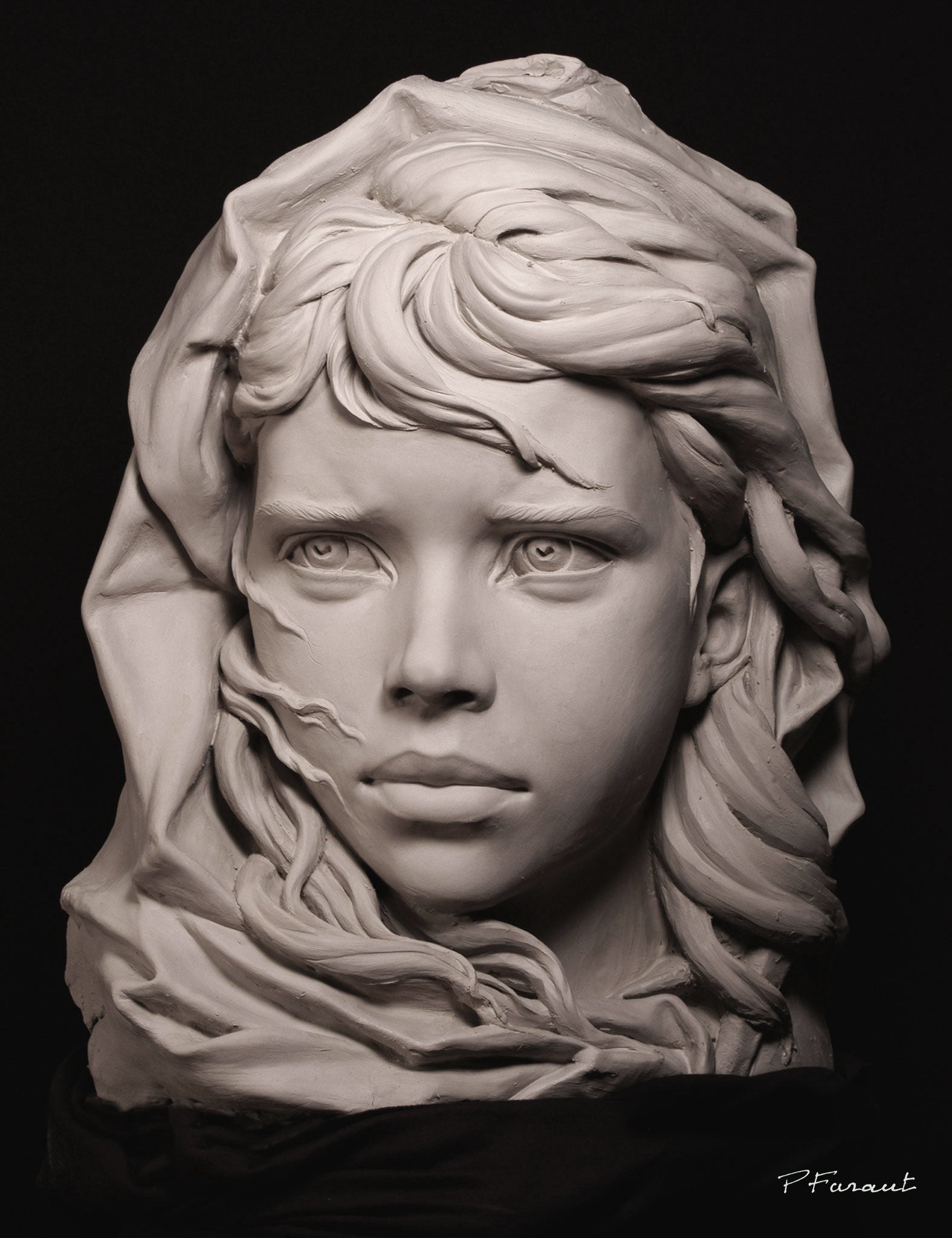Crafting Expressions: The Unique Artistry of a Portrait Sculptor
Wiki Article
Sculptures as an Expression of Human Feelings
Sculptures have actually long been prized as an effective medium for sharing the depths and intricacies of human feelings. From the serene beauty of a smiling face to the raw intensity of a contorted number, sculptures provide a distinct and classic window into the world of human feelings. In this exploration, we will dive right into the extensive effect that sculptures have in expressing and stimulating human emotions.The Power of Recording Joy and Happiness
The integral power of sculptures depends on their capability to capture and share the extensive emotions of pleasure and joy with the experienced adjustment of form and product. Sculptures have been made use of throughout background as a way of sharing human emotions, and joy and joy are among the most common feelings portrayed in these art kinds.One of the means sculptures catch pleasure and joy is with the careful option and adjustment of kind. Musicians use various strategies to develop sculptures that evoke a sense of delight, such as showing figures in uplifting and vibrant poses, or making use of moving lines and curves to produce a feeling of motion and power.
Moreover, the experienced usage of faces and gestures in sculptures can properly share delight and happiness. Artists thoroughly shape the smiles, laughter, and expressions of joy on the faces of their subjects, bringing them to life and catching the significance of these feelings. The positioning of the body and the gestures depicted by the sculpture can also communicate a feeling of happiness and joy, whether it is a figure with outstretched arms, dancing, or accepting others.
Discovering the Depths of Unhappiness and Sadness
An expedition into the midsts of sadness and sadness can be attained with the evocative sculptures that record the significance of these profound feelings. These sculptures serve as a graph of the human experience, enabling customers to attach with their own sensations of unhappiness and grief on a much deeper degree.Via the experienced manipulation of appearance, form, and expression, carvers can share the complex feelings linked with sadness and sadness. Using lengthened, hunched figures or contorted, uneasy expressions can evoke a sense of misery and grief. The option of products, such as cool, rough stone or dark, weathered metal, can additionally boost the melancholic and sad mood of the sculptures.
Additionally, the power of these sculptures hinges on their capacity to transcend language obstacles - Bronze Sculptures. Despite linguistic or cultural differences, the universal language of art enables individuals from varied histories to understand and link with the emotions portrayed in these sculptures. Robert C Hitchcock Sculptor. It is via this common experience that a sense of catharsis and understanding can be accomplished
Introducing the Complexity of Love and Wish
Revealing the details of love and hoping, sculptures provide a profound exploration right into the intricacy of love and need. From the tender embrace of a couple to the passionate entanglement of bodies, sculptures have actually illustrated the varied expressions of love and desire.The sculpture not only records the physical connection between the enthusiasts however additionally evokes a deeper emotional bond. The elaborate information and the proficient craftsmanship emphasize the complexity of their love and desire.
Sculptures likewise discover the darker side of love and desire, unveiling the intricacies that can emerge from these extreme feelings. Portrait Sculptor. Some sculptures illustrate the torture and misery that can come with unrequited love or the destructive power of obsessive need. These art work serve as a tip that love and need can be both lovely and difficult, bringing joy and pain in equivalent action
Communicating Anger and Aggravation With Sculptures
Via the representation of contorted forms and tense positions, sculptures share the intensity of rage and frustration. Musicians have actually long turned to the medium of sculpture to communicate these powerful feelings, using different strategies to record the raw energy and chaos connected with anger and stress.
One usual approach is to show numbers in aggressive or confrontational poses. The muscle tension and clenched hands of a sculpture can evoke a sense of suppressed temper, while twisted limbs and contorted face expressions can share the frustration felt by the subject. These physical indications of feeling function as an aesthetic representation of the inner chaos experienced by individuals in moments of rage and irritation.
Additionally, artists often use meaning and allegory to enhance the psychological influence of their sculptures. Sharp, rugged edges or damaged kinds can represent the damaging nature of anger, while hefty, challenging structures can stand for the weight of irritation. By integrating these components right into their work, musicians have the ability to interact the intensity and intricacy of these emotions in a substantial and visually striking way.

Sharing Hope and Resilience in Sculptural Form
Sculptures personifying hope and durability are a testimony to the indomitable spirit of the human experience. These art work work as powerful signs of positive outlook and stamina in the face of misfortune. With the proficient over at this website adjustment of products, artists are able to record the significance of hope and resilience, producing sculptures that inspire and uplift.
One example of a sculpture that embodies hope is "The Winged Victory of Samothrace." This ancient Greek statue shows a winged siren standing atop a ship's prow, her garments rippling in the wind. The sculpture exhibits a sense of victory and resolution, symbolizing the power of wish to conquer challenges.

Sculptures that express hope and strength act as pointers of the human capability to sustain and thrive when faced with hardship. They influence us to persist, to discover toughness in ourselves, and to trust a brighter future. These art work talk with the universal human experience, using relief and support to those that experience them.
Final Thought
In verdict, sculptures serve as a powerful tool for revealing a broad array of human emotions. By eliminating personal pronouns, the focus remains on the universal nature of these feelings and the ability of sculptures to convey them in a substantial and long-lasting way.Sculptures have actually long been prized as a powerful tool for expressing the depths and intricacies of human emotions. From the serene charm of a smiling face to the raw strength of a bent figure, sculptures give a timeless and special home window into the globe of human emotions. In this expedition, we will certainly dive into the profound influence that sculptures have in sharing and evoking human emotions.
In conclusion, sculptures serve as an effective tool for expressing a vast range of human feelings (Robert C Hitchcock Sculptor). By eliminating individual pronouns, the focus remains on the global nature of these emotions and the capacity of sculptures to communicate them in a substantial and long-lasting fashion
Report this wiki page